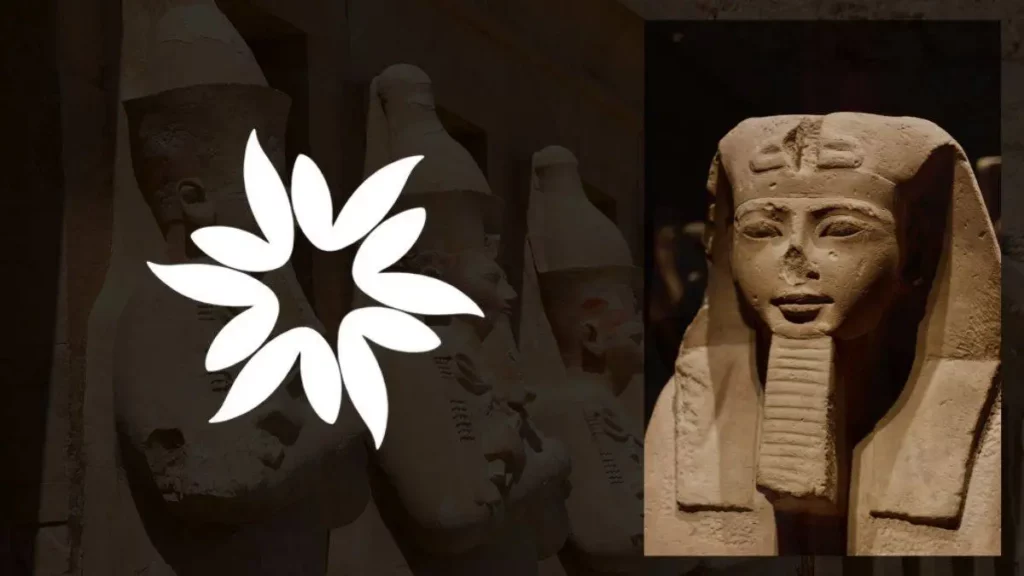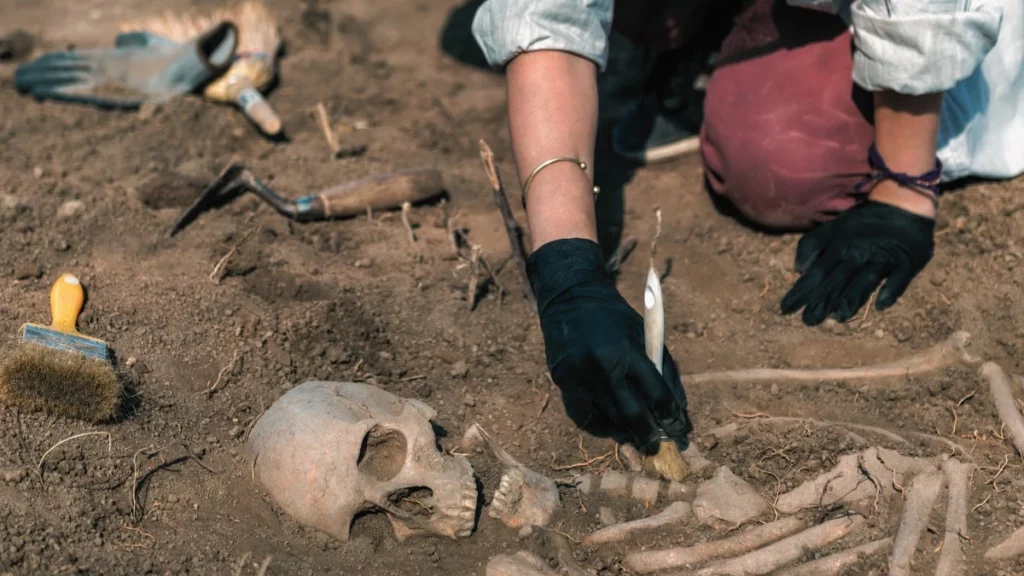Throughout history, the ebb and flow of monarchies have been a consistent theme, as evolving political landscapes have rendered the positions of kings and queens archaic or undesirable.
During the late 13th and 14th centuries, the concept of the “community of the realm” emerged in England, which helped establish a mutual obligation between the ruler and the ruled.

Extraordinary cases, such as Imperial Japan, which has allegedly upheld an uninterrupted line of succession since 660 BC, are few and far between, as the majority of monarchies eventually disintegrate.
The causes behind a monarchy’s collapse tend to be multifaceted and unique to each situation, with the process of disintegration typically manifesting through revolution, foreign incursion, civil conflict, or coup d’état.
The contemporary age has borne witness to the rise of nationalist, democratic, and radical factions striving for popular validation, thereby presenting a formidable challenge to the long-standing principles of hereditary governance.
Monarchies have been compelled to either adapt or confront the prospect of defeat.
On occasion, however, certain monarchies have successfully orchestrated a resurgence, with some even achieving reinstatement more than once.
The British monarchy is a standout example of a royal institution’s capacity to transform and progress over time.
This article delves into the tales of numerous monarchies that succumbed to their downfall while simultaneously showcasing the tenacity of the British crown, which has persevered in the face of adversity and remained an unwavering anchor of stability amid a rapidly shifting global landscape.
The Fall of Rome’s Monarchy in 509 BC
The ancient Roman monarchy is believed to have begun with Romulus, the city’s legendary founder.
However, Rome’s final king, Lucius Tarquinius Superbus, ruled with cruelty and terror.
In 509 BC, a group of senators, led by Lucius Junius Brutus, revolted against the monarchy after the king’s son raped a noblewoman.
The monarchy was abolished, and the Roman Republic was established, which would last until 27 BC.
The First Demise of French Monarchy in 1792
The French Revolution, driven by Enlightenment ideals, led to the destruction of the ancien régime.
King Louis XVI initially appeared to comply with the revolution’s reforms but secretly hoped for a foreign invasion to overturn them.
After a failed attempt to lead a counter-revolution, Louis was executed in 1793, and the monarchy was abolished.
The Second Demise of French Monarchy in 1870
After a century of political turmoil, Louis-Napoleon Bonaparte established himself as Emperor Napoleon III.
However, France’s defeat in the Franco-Prussian War in 1870 led to the emperor’s capture and the proclamation of the Third French Republic, marking the end of France’s last monarchy.
Hawaii’s Overthrow in 1893
As European and American settlers arrived in Hawaii, they began to exert control over the monarchy.
Queen Liliʻuokalani’s attempt to revoke the constitution that stripped the crown of its powers led to a coup by a Committee of Safety in 1893, supported by US marines.
The monarchy was overthrown, and Hawaii was eventually annexed by the United States.
The Collapse of China’s Monarchy in 1911
After suffering defeats at the hands of foreign colonial empires, China’s ancient monarchy faced a crisis.
In 1911, mass protests against the government escalated into an insurrection, leading to the abdication of the last emperor, Puyi, in 1912.
China became a republic, ending more than 2,000 years of imperial rule.
The End of Russian Monarchy in 1917
The Russian monarchy was already in crisis due to the First World War and the influence of the mystic Rasputin on Tsar Nicholas II and his wife, Alexandra.
In 1917, worker strikes and military mutinies in Petrograd led to the abdication of Nicholas, marking the end of the Romanov dynasty.
The October Revolution later resulted in the execution of the royal family by Bolshevik forces in 1918.
The Exile of Spain’s Alfonso XIII and the Advent of Franco’s Regime in 1931
Spain’s constitutional impasse in 1923 led to General Miguel Primo de Rivera seizing power with King Alfonso XIII’s support.
However, as the dictator’s regime crumbled amidst economic turmoil, local elections dealt a major blow to the monarchy.
Alfonso and his family went into exile in 1931, eventually replaced by General Francisco Franco’s dictatorship.
Franco’s regime proclaimed Spain as a monarchy without a monarch, with a regal undertone. In 1975, Juan Carlos, Alfonso’s grandson, succeeded Franco and restored parliamentary democracy.
Greek Monarchy’s Demise Amidst the 1973 Military Dictatorship
In the 1960s, Greece saw a push for social reforms led by Georgios Papandreou, whose government faced suspicion from the military elite.
A scandal involving Papandreou’s son and a secret group of progressive army officers known as ASPIDA strained relations between the king and the prime minister.
Colonel Georgios Papadopoulos staged a coup in 1967, with King Constantine II initially supporting the junta before unsuccessfully attempting a counter-coup.
The Regime of the Colonels ruled Greece until 1974, and when a failed coup in 1973 was blamed on Constantine, the monarchy was abolished.
Ethiopia’s Royal Downfall: Haile Selassie’s 1974 Overthrow and the End of Monarchy
Emperor Haile Selassie I of Ethiopia ruled from 1930 to 1974, apart from a five-year exile in Britain.
He expanded Ethiopia’s global presence, joining the United Nations and serving as the first chairman of the Organisation of African Unity.
Despite his efforts to modernize, Selassie faced challenges like Eritrea’s war for independence, famine, and urban unrest.
In 1974, the Soviet-backed Derg military officers seized power and placed Selassie under house arrest, leading to the monarchy’s abolishment. Selassie died under mysterious circumstances in 1975.
The Resilience of the British Monarchy
The British monarchy has outlasted all other major European monarchies, despite facing various challenges throughout its history.
One of the key reasons for its resilience is the monarchy’s ability to adapt and respond to the changing times.
The foundations of this successful polity, which include a constitutional monarchy and the collaboration between the king, lords, and commons, were established during the late medieval period.
Magna Carta’s impact on the monarchy
In 1215, King John accepted Magna Carta, which signified the monarchy’s willingness to be constrained by the law.
This marked a significant shift in the balance of power, as it put the monarchy under written law, a concept that did not exist in other European nations at the time.
The evolution of parliament and the “community of the realm”
During the late 13th and 14th centuries, the concept of the “community of the realm” emerged in England, which helped establish a mutual obligation between the ruler and the ruled.
This led to the development of parliament, which granted taxation and represented the interests of the realm.
This institutional expression of the realm fostered a sense of unity and collaboration within English society.
Comparing the English and French monarchies
In contrast to England, France did not have a national assembly that could effectively negotiate and grant taxation.
The French nobility was exempt from taxation, which shifted the burden to the lower classes and contributed to a more divided society.
This financial imbalance ultimately led to the French Revolution in 1789.
Surviving challenges and fostering stability
The British monarchy has weathered various challenges, including reigns of inadequate or incompetent monarchs and scandals involving junior royals.
Despite these setbacks, the monarchy has remained remarkably stable, thanks in part to the efforts of modern monarchs like George VI and Queen Elizabeth II.
The long-term success of the British monarchy, however, can be attributed to the social patterns and structures established during the late medieval period.
These foundations have allowed the monarchy to adapt and evolve, ensuring its continued relevance in modern British society.
Article In a Snapshot
- Monarchies often collapse due to factors like revolution, foreign conquest, civil war, or coup d’état, but the British monarchy has shown remarkable resilience and adaptability throughout history.
- The article examines several historical instances of monarchies meeting their end, showcasing the diverse range of factors that led to their collapse, including social unrest, foreign invasion, and military dictatorship.
- A key reason for the endurance of the British monarchy is its ability to adapt and respond to changing times, rooted in the establishment of a constitutional monarchy and collaboration between the king, lords, and commons.
- The Magna Carta, signed in 1215 by King John, signified the willingness of the British monarchy to be constrained by the law, marking a significant shift in the balance of power and setting it apart from other European monarchies.
- The British monarchy has weathered various challenges throughout its history, including reigns of inadequate or incompetent monarchs and scandals involving junior royals, yet it has remained stable due in part to the efforts of modern monarchs like George VI and Queen Elizabeth II.















